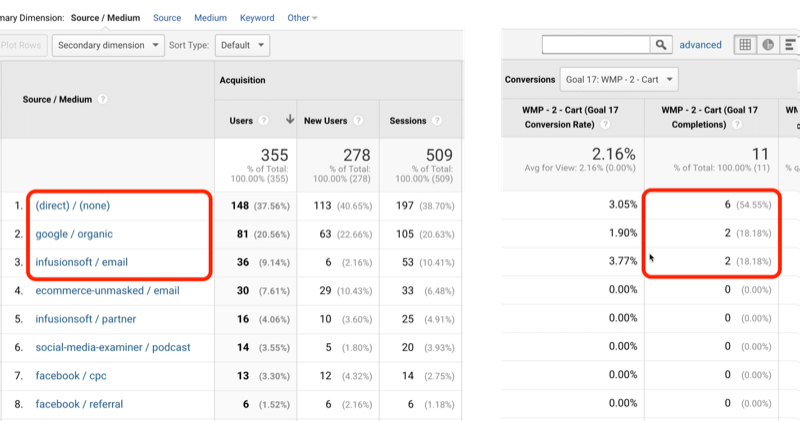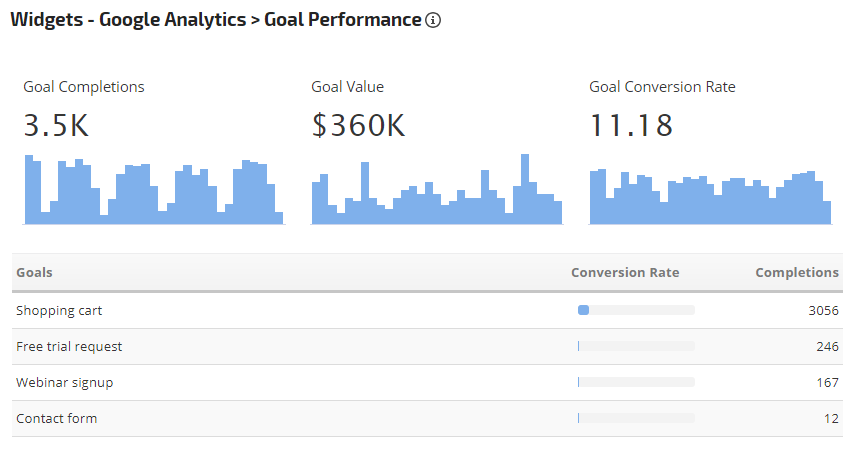What Data Is Google Analytics Goals Unable to Track and Why
What Data Is Google Analytics Goals Unable to Track and Why
Blog Article
Demystifying Google Analytics Limitations: Discover What Information Goals Can not Track
In the realm of electronic analytics, Google Analytics stands as a powerful device that gives valuable understandings right into internet site performance and individual actions. Amidst its capabilities, there exist constraints that usually go unnoticed. Recognizing what Google Analytics can not track is essential for a thorough understanding of data interpretation and decision-making procedures. From the details of individual communication with dynamic material to the intricacies of cross-device user journeys, these limitations shed light on areas that may stay obscured from conventional analytics viewpoints. By unraveling these restrictions, a more clear picture emerges, permitting even more informed methods and fine-tuned understandings into user involvement and conversions.

Customer Communication With Dynamic Material
Individual interaction with dynamic content plays a vital duty in recognizing customer habits on web sites and enhancing the general user experience. Dynamic web content describes components on a page that can change without the demand for a complete page reload. This consists of interactive aspects such as pop-ups, sliders, types, and video clips that react to customer actions in real-time. By tracking customer communications with dynamic web content, site proprietors can obtain useful understandings into individual involvement, choices, and behaviors.
Google Analytics provides various tools to track customer interactions with vibrant material, such as occasion monitoring and digital pageviews. Occasion monitoring enables you to keep track of details customer actions, like clicking a button or viewing a video, giving information on exactly how users interact with vibrant elements.
Cross-Device Customer Journeys
How can modern analytics tools track the complicated courses users take across numerous gadgets in their on the internet journeys? Cross-device customer journeys provide a substantial obstacle for monitoring and analyzing user behavior accurately. As individuals interact with sites or applications using various gadgets such as desktops, tablet computers, and smartphones, it becomes crucial to comprehend just how they move in between these systems to optimize user experience effectively.
Google Analytics encounters restrictions in tracking cross-device user trips as a result of privacy issues and technical constraints - what data is google analytics goals unable to track. While it can provide understandings right into specific tools' interactions, tracking a smooth individual journey across multiple gadgets remains a difficulty. This limitation can result in incomplete information and fragmented user understandings, making it hard for businesses to produce a unified view of the client trip
To resolve this concern, businesses can use innovative analytics tools that provide cross-device tracking capacities, allowing them to obtain a more alternative understanding of customer habits. By leveraging these tools, services can link the void in tracking cross-device user trips and enhance their electronic approaches for a smooth individual experience.
Offline Conversions and Acknowledgment
As companies browse the challenges of tracking cross-device customer journeys, an additional pivotal aspect to consider is the realm of offline conversions and acknowledgment in the realm of information analytics. While Google Analytics supplies beneficial understandings right into online user behavior, it drops short when it involves tracking conversions that take place offline. This limitation postures a substantial challenge for services that have both online and offline sales channels.
Offline conversions, such as acquisitions made in physical stores or with call centers, are important to recognizing the full consumer journey. Without the ability to attribute these offline conversions to certain on the internet communications, organizations might struggle to precisely determine the influence of their electronic advertising and marketing efforts.
To address this void, companies can explore alternative options such as integrating CRM systems with on-line analytics tools or making use of distinct promo codes that can be mapped back to online projects. By linking the gap between online and offline information, organizations can get a much more detailed understanding of their customers' actions and read boost their overall marketing techniques.
Individual User Identification
In the realm of information analytics, the capability to properly recognize specific users throughout different on the internet touchpoints is an essential difficulty for organizations seeking to individualize and optimize their marketing techniques. While Google Analytics gives beneficial understandings into individual actions and interactions, it falls short in making it possible for the recognition of details people because of personal privacy concerns and technical constraints. Google Analytics utilizes special identifiers such as cookies to track individual sessions and actions, yet these do not correspond to recognizing private customers in a personal sense.

Data From Secure Pages
In spite of the enhancing frequency of secure pages on sites, obtaining information from these encrypted resources offers a distinct difficulty for electronic analytics platforms like Google Analytics. Secure pages, suggested by HTTPS in the link, secure data exchanged in between the user's internet browser and the internet site's server to ensure privacy and safety. While this encryption is important for safeguarding sensitive information, it also poses constraints for tracking customer behavior and celebration analytics information.
Google Analytics encounters obstacles in gathering thorough information from safe and secure web pages due to the security protocols in position. Consequently, certain information factors such as reference sources, keyword searches, and also some user communications might not be totally caught when customers access a website with a secure link. This restriction can impact the precision and completeness of the information evaluation, resulting in gaps in understanding user habits and choices on safe pages.
To browse this obstacle, digital analysts may require to discover alternate tracking techniques or leverage other devices specifically made to collect insights from secure web pages. By adapting strategies to suit these limitations, organizations can still acquire useful analytics despite the restraints presented by encrypted connections.
Conclusion
To conclude, Google Analytics has limitations in tracking individual communication with vibrant content, cross-device user trips, offline conversions, private customer identification, and information from secure pages. These restrictions hinder a detailed understanding of user behavior and might lead to spaces in information evaluation. Despite its beneficial understandings, Google Analytics might not offer a complete image of customer interaction across numerous touchpoints. It is important for companies to be conscious of these limitations and consider additional tools for a more all natural view of their data.
Individual communication with dynamic material plays an essential duty in recognizing user habits on web sites and optimizing the general individual experience. By tracking customer interactions with vibrant content, site proprietors can get beneficial insights into individual engagement, preferences, and behaviors.
Google Analytics utilizes unique identifiers such as cookies to track user sessions and actions, but these do not equate to identifying specific users in a personal sense.
As a result, certain information points such as recommendation sources, keyword searches, and even some customer communications might not be totally recorded when individuals access a site with a safe and secure link.In verdict, Google Analytics has restrictions in tracking individual communication with dynamic content, cross-device individual over at this website journeys, offline conversions, specific customer identification, and data from safe web pages.
Report this page